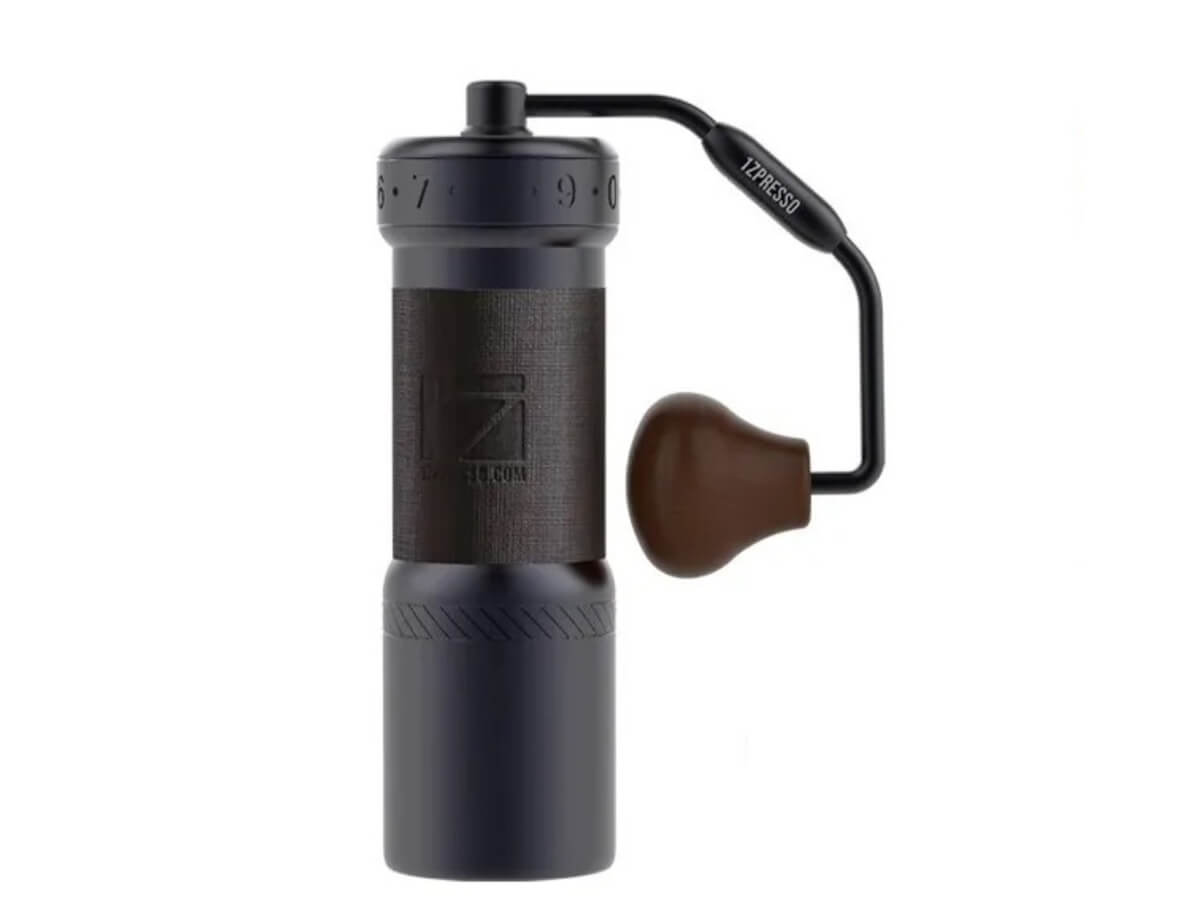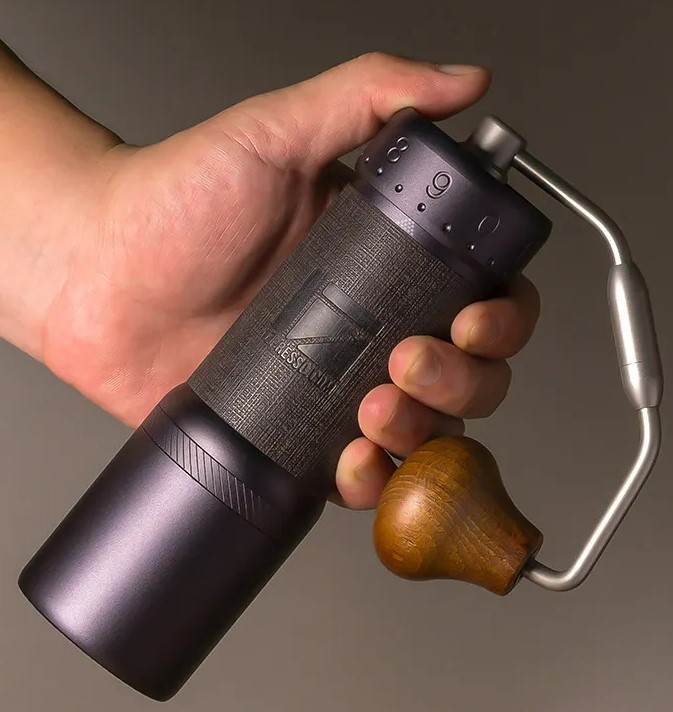Precision in Every Work: Discover the 1Zpresso J-Ultra Coffee Mill
Precision in Every Work: Discover the 1Zpresso J-Ultra Coffee Mill
Blog Article
Master the Art of Grinding Coffee Beans: An Overview to Coffee Grinders
For coffee fanatics, the process of grinding coffee beans is more than just a regular job; it is an art type that can significantly affect the taste and top quality of the last mixture. Understanding the nuances of different mill kinds, choosing the suitable work size, and utilizing the right methods are vital steps towards accomplishing that best cup of coffee.
Kinds of Coffee Grinders
There are 3 key sorts of coffee grinders typically made use of by coffee fanatics: blade mills, burr mills, and hands-on grinders. Blade mills are one of the most basic type, utilizing an easy blade to chop the coffee beans. While they are budget-friendly and easy to make use of, they often result in uneven coffee premises due to inconsistent grinding. Burr grinders, on the other hand, provide even more precision by crushing the beans between a moving grinding wheel and a non-moving surface area. This causes a consistent grind size, which is critical for a regular coffee flavor. Burr mills come in both level and conical forms, each offering a little different grinding characteristics.
Hands-on grinders, as the name recommends, require manual effort to grind the coffee beans. They are commonly preferred by those that appreciate the process of hand developing coffee or for those who value transportability. Hands-on grinders can vary in style, from basic handheld designs to extra intricate countertop variations. While they might call for more effort, manual mills use control over the grinding process, enabling users to change the grind dimension to their preference. Each kind of coffee mill has its advantages and perfect use situations, accommodating the varied preferences of coffee fanatics.

Choosing the Right Work Dimension
With an understanding of the different types of coffee mills, the next vital action in achieving the ideal mug of coffee is selecting the right work size. The work dimension plays a significant duty in establishing the taste account of your coffee (1Zpresso J-Max). Different developing methods require particular work dimensions to enhance the extraction of flavors from the coffee premises
For a rugged work, perfect for French press and chilly mixture techniques, the coffee beans must appear like breadcrumbs, offering a robust and vibrant flavor. Medium-coarse grinds, appropriate for Chemex or Clever Dripper, have an appearance similar to coarse sand, providing a well balanced preference.
Tool grinds, usually made use of in drip coffee machine, have an uniformity resembling regular sand, resulting in a well-shaped taste. Fine grinds, finest for coffee makers, are comparable to common salt, generating an abundant and extreme taste. Extra-fine grinds, utilized in Turkish coffee, are as fine as powdered sugar and produce a strong and potent mixture.
Grinding Techniques for Optimum Taste
To remove the fullest potential of taste from your coffee beans, mastering correct grinding strategies is crucial. Uniformity is key when it comes to grinding coffee beans for ideal flavor. By paying attention to these grinding techniques, you can elevate the taste profile of your coffee and enjoy a much more enjoyable mug every time.
Upkeep and Cleaning Up Tips

Along with regular cleaning, it is crucial to evaluate your mill for any type of indicators of wear or click here to find out more damages. Check the blades, burrs, and other parts for any type of dullness or breakdowns. Replace any type of damaged parts without delay to preserve the high quality of your coffee grind. Store your mill in a completely dry and clean atmosphere to stop any dampness or dirt from influencing its efficiency. By complying with these upkeep and cleansing tips, you can guarantee that your coffee mill proceeds to deliver scrumptious freshly ground coffee for years ahead.
Troubleshooting Common Grinder Issues


Ensuring your coffee grinder functions smoothly requires experienced troubleshooting of common issues that might occur throughout its use. One usual issue with coffee mills is inconsistent grind dimension. This problem can happen due to plain blades, incorrect calibration, or unequal coffee beans. To address this, guarantee your mill's blades are sharp and appropriately lined up, adjust the mill according to the preferred grind size, and shake the grinder delicately while in usage to aid attain a more uniform work.
This visit this site can take place when oils from the coffee beans construct up and obstruct the mill's chute. To solve this, take apart the grinder and clean all components thoroughly, paying special focus to the chute and burrs.
Finally, if your mill is generating excessive sound during procedure, it might show an issue with the electric motor or inner components. In such instances, it is a good idea to consult the basics producer's directions for fixing actions or look for professional support to detect and remedy the concern immediately.
Conclusion
To conclude, understanding the art of grinding coffee beans involves recognizing the different kinds of coffee mills, selecting the ideal work dimension, making use of proper grinding methods for optimal taste, and preserving and cleaning the mill consistently. By following these guidelines and troubleshooting typical mill concerns, coffee lovers can raise their coffee brewing experience and take pleasure in a tasty cup of coffee every single time.
Report this page